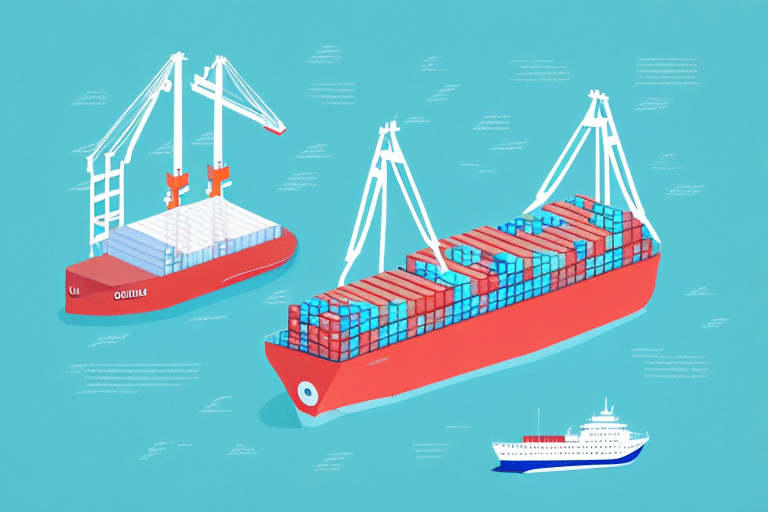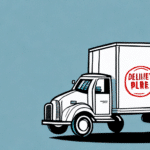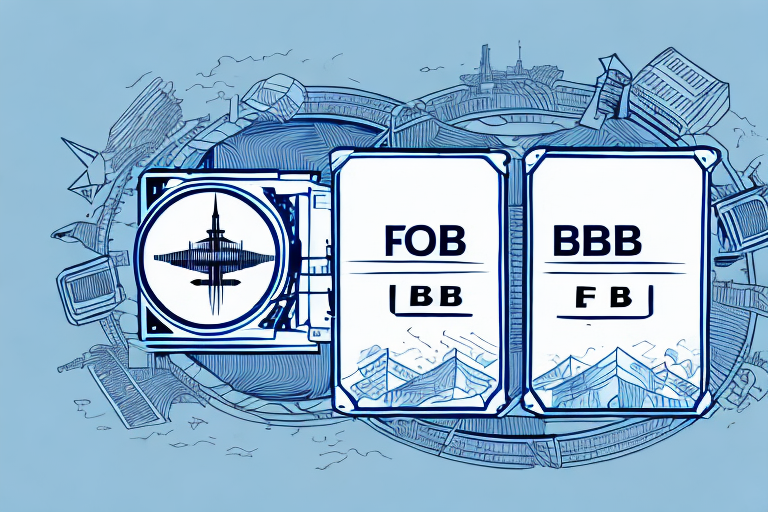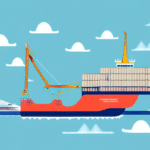Introduction to Incoterms and FOB Destination
In the realm of international trade, understanding various trade terms is crucial for ensuring smooth and efficient transactions. One fundamental set of terms is Incoterms, established by the International Chamber of Commerce (ICC). These standardized rules define the responsibilities of buyers and sellers, providing clarity and reducing the risk of misunderstandings and disputes. Among these, FOB Destination is a significant Incoterm that influences logistics, shipping costs, and risk management. This article delves into FOB Destination, exploring its mechanics, benefits, drawbacks, and best practices for its implementation.
History and Evolution of Incoterms
Incoterms have been a cornerstone of international trade since their inception in the early 20th century. Initially developed by the ICC to provide a common set of rules, Incoterms have evolved to adapt to the changing dynamics of global commerce. The latest edition, Incoterms 2020, was introduced in September 2019, incorporating modern practices such as the rise of container shipping and enhanced risk management strategies.
One notable update in Incoterms 2020 is the introduction of the rule DPU (Delivered at Place Unloaded), which replaces the previous DAT (Delivered at Terminal). This change reflects the reality that many shipments are delivered to locations beyond traditional terminals, such as warehouses or factories, offering greater flexibility in delivery points.
The continual updates to Incoterms ensure they remain relevant, providing a reliable framework for international transactions and helping businesses navigate the complexities of global trade.
Understanding FOB Destination
FOB Destination stands for "Free on Board Destination." Under this Incoterm, the seller retains responsibility for the goods until they reach the buyer's specified destination. This means that the seller handles all logistics, including transportation and insurance, up to the point of delivery.
Key Features of FOB Destination
- Seller's Responsibility: The seller is responsible for all costs and risks associated with transporting the goods to the buyer's location.
- Risk Transfer: Risk remains with the seller until the goods are delivered to the destination.
- Insurance: The seller typically arranges and pays for insurance during transit.
Differences Between FOB and FOB Destination
While both FOB and FOB Destination involve the seller's responsibility for delivering goods, the primary difference lies in where the responsibility ends. Under standard FOB, responsibility transfers once the goods are loaded onto the shipping vessel. In contrast, FOB Destination extends the seller's responsibility until the goods reach the buyer's designated location.
Advantages and Disadvantages of FOB Destination
Advantages
- Risk Mitigation for Buyers: Buyers are protected from losses or damages during transit, as the seller bears the risk until delivery.
- Simplified Logistics: Buyers can rely on the seller to handle transportation and related logistics, reducing their administrative burden.
- Enhanced Control for Sellers: Sellers maintain control over the shipping process, ensuring goods are handled according to their standards.
Disadvantages
- Higher Costs for Sellers: Bearing the transportation costs to the destination can increase expenses for sellers.
- Complex Logistics Management: Sellers need to manage the entire shipping process, which can be resource-intensive.
- Potential for Delays: Responsibility for the entire transit period may lead to delays if the seller faces logistical challenges.
Impact on Shipping Costs and Insurance
The choice of Incoterm directly influences shipping costs and insurance responsibilities. Under FOB Destination:
- Shipping Costs: The seller covers all transportation expenses to the buyer's location, which can be higher compared to other Incoterms where the buyer bears some costs.
- Insurance: Sellers are typically responsible for insuring the goods during transit, ensuring that any loss or damage is covered until delivery.
Understanding these cost implications is essential for both parties to accurately calculate the total expenses involved in the transaction.
Best Practices and Common Mistakes
When to Use FOB Destination
- High-Value Goods: When transporting valuable items where the buyer prefers the seller to handle insurance and risk.
- Complex Logistics: When the seller has better logistics capabilities to manage the entire shipping process.
- Long-Distance Shipping: For shipments that travel long distances, reducing the buyer's logistical burden.
Common Mistakes to Avoid
- Inadequate Documentation: Failing to provide clear delivery instructions can lead to delays and additional costs.
- Insufficient Insurance: Not adequately insuring the goods can result in significant financial losses in case of damage or loss.
- Miscommunication: Lack of clear communication regarding responsibilities and expectations can cause disputes.
Negotiation Tips
- Clear Communication: Establish transparent communication channels to ensure both parties understand their responsibilities.
- Understand Market Conditions: Being aware of current shipping rates and insurance costs can aid in fair negotiations.
- Flexibility: Be open to adjusting terms to find a mutually beneficial arrangement.
Legal Considerations and Cost Calculations
Legal Aspects
Using FOB Destination involves several legal considerations:
- Compliance with Regulations: Ensure adherence to all relevant import and export laws in both the origin and destination countries.
- Contract Clarity: Detailed contracts specifying all terms, responsibilities, and obligations help prevent disputes.
- Insurance Coverage: Verify that insurance policies adequately cover the goods during transit.
Calculating Final Costs
Accurately calculating the final cost of goods under FOB Destination requires considering:
- Shipping Expenses: Transportation costs from the seller's location to the buyer's destination.
- Insurance Premiums: Costs associated with insuring the goods during transit.
- Customs and Duties: Any applicable import/export tariffs or taxes.
- Additional Fees: Potential storage, handling, or administrative fees.
Collaborative cost estimation between buyers and sellers ensures transparency and fairness in pricing.
Real-life Examples and Future Trends
Successful Implementations
Consider a U.S.-based electronics manufacturer exporting products to Europe. By using FOB Destination, the manufacturer manages the entire shipping process, ensuring that goods arrive safely at the European distributor's warehouse. This arrangement minimizes the distributor's logistical responsibilities, allowing them to focus on sales and distribution.
Future Trends
The landscape of international trade is continually evolving, and so are Incoterms like FOB Destination. Future trends may include:
- Increased Emphasis on Sustainability: Greater focus on eco-friendly shipping practices and reducing carbon footprints.
- Digitalization: Enhanced use of digital tools and platforms for tracking shipments and managing logistics.
- Adaptation to E-commerce Growth: Adjustments to Incoterms to better accommodate the surge in e-commerce and direct-to-consumer shipments.
Staying informed about these trends is essential for businesses to adapt and remain competitive in the global market.
Conclusion: Is FOB Destination Right for Your Business?
FOB Destination is a powerful Incoterm that offers significant benefits, particularly in terms of risk management and simplified logistics for buyers. However, it also presents challenges, including higher costs and more complex logistics responsibilities for sellers. Businesses must carefully assess their specific needs, logistical capabilities, and risk tolerance when deciding whether to adopt FOB Destination. By understanding its intricacies and implementing best practices, companies can leverage FOB Destination to enhance their international trade operations effectively.






















